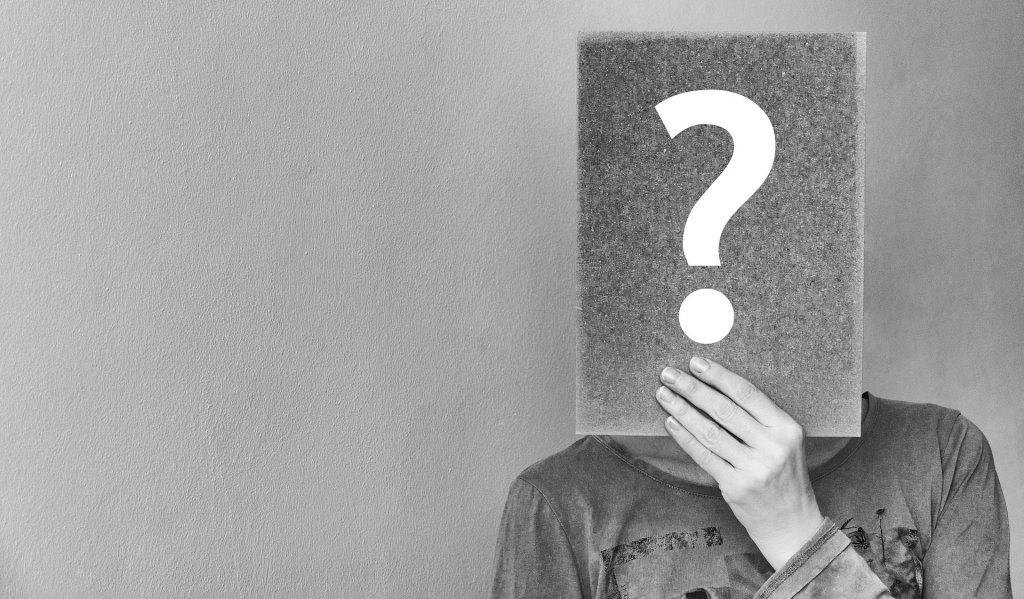Who Does A Full Audiometric Assessment?
From the Labs to the Clinics
Renowned auditory researcher Dr. Robert Harrison brings us up to date on information and research from the Labs. Appropriately titled “From the Labs to the Clinics”, Bob is involved in laboratory and applied/clinical research, including evoked potential and otoacoustic emission studies and behavioural studies of speech and language development in children with cochlear implants. For a little insight into Bob’s interests outside the lab and the clinic, we invite you to climb aboard Bob’s Garden Railway.

The heading of my column is “From the Labs to the Clinics,” so let’s discuss such knowledge translation in relation to clinical hearing tests. I have put together a list of objective methods and behavioural tests that can and have been used to assess hearing function. Clearly the catalog is very extensive, and I have written it out to draw attention to issues, some of which will become rather obvious as you scan through the list. If you read this column it is likely that you are a trained audiologist, and I am certain that you are familiar with most of the descriptions of these tests, but perhaps not using them, or seeing the value of results that they can yield. If you care to, add up all of those tests that you do routinely in practice, or have ever done, and then we can discuss why your list may not be very long!
Let us start with objective measures: acoustic startle reflex, stapedius reflex (ipsi and contra), tympanometry, transient evoked OAEs, distortion product OAEs, spontaneous OAEs, stimulus frequency OAEs, contralateral (or ipsilateral) suppression of OAEs, electrocochleography, cochlear microphonic and/or summating potential and/or cochlear action potential (CAP) recording, CAP tuning curves, ABR, auditory steady state responses (ASSR), speech ASSR, binaural interaction component (BIC), middle latency response, auditory cortical evoked potentials. These are tests that could well be carried out in a well-equipped audiology clinic (i.e., with standard signal averaging equipment). For the sake of completeness I will just add on a few other objective tests that require more elaborate gear but will be not available to most clinicians. Brain “imaging” with multichannel EEG, magnetoencephalography (MEG), functional MRI, infra-red optical imaging.
Now, here is a list of behavioral measures of hearing function that you may or may not use clinically. The audiogram. I am confident that you all do some versions of this including air and bone conduction and speech reception thresholds, perhaps with noise masking. But what about audiogram fine structure, Bekesy audiometry, high frequency audiometry, the occlusion test, the Weber test? In the spectral domain do you measure frequency difference limen, frequency resolving power, psychophysical tuning curves, critical bandwidth? In the intensity domain: uncomfortable loudness level, loudness balance test, intensity difference limen, short increment sensitivity index (SISI). In the temporal domain: the tone decay test, gap detection. Then, using both ears, dichotic hearing tests, sound lateralization, sound localization, head-shadow measurement. Then moving on the speech signals etc. OK I’ll stop here.
I am certain that most audiologists are using a rather small number of the tests listed here, so let us discuss why that is. It is unfortunate that we cannot have a real two-way discussion, because I would like to hear from the audiology trenches the reasons why only a small range of hearing tests are routinely carried out. First, I want to note that hardly any of the tests listed here are novel. Indeed, most of them are well described in the audiology Bible – Jack Katz’s Handbook of Clinical Audiology (I hope that this is still obligatory reading for audiology trainees).
I can think of a few very pragmatic reasons why a sophisticated array of hearing tests is rarely (if ever used). Perhaps equipment is not available; it is true that most clinicians do not have an MRI machine! More seriously, there is the time factor. If all of the above listed tests were done on a single patient, the throughput would be about one per day. There is no way that a fully inclusive test battery can be practically achieved. However, there is considerable redundancy in these tests and a sub-group of tests could allow for a relatively comprehensive assessment.
The can of worms here (that I cannot open fully) is the small matter of professional compensation for services. Are there billing codes or health insurance coverage? Are patients willing to pay? But even if there were no financial restrictions, I think we have to ask whether clinical audiology has lost any urgency to have a test battery approach. For the most part we have decided that a comprehensive hearing assessment is not required, but rather just some specific tests aimed at a narrow goal (e.g., hearing aid fitting, air-bone gap assessment, candidacy for an implantable device).
Notwithstanding the financial and practical impediments, I would argue in favour of bringing back the “Test Battery Approach” as advocated in Katz’ Handbook and in many other classical audiology texts. One ray of hope here is the development, and availability of relatively inexpensive devices that can make an audiometric test battery relatively easy to perform. I am thinking of the iPad based Shoebox audiometer. https://www.shoebox.md/products/clinical-audiometer/ (Full disclosure, I have no conflicts of interest.) I do think that such devices for subjective test batteries and others to incorporate objective testing (electrophysiology, OAEs) is a way to achieve relatively rapid but comprehensive audiological assessments. I am certain (and I hope) that these devices will revolutionize audiology practice in the near future.

